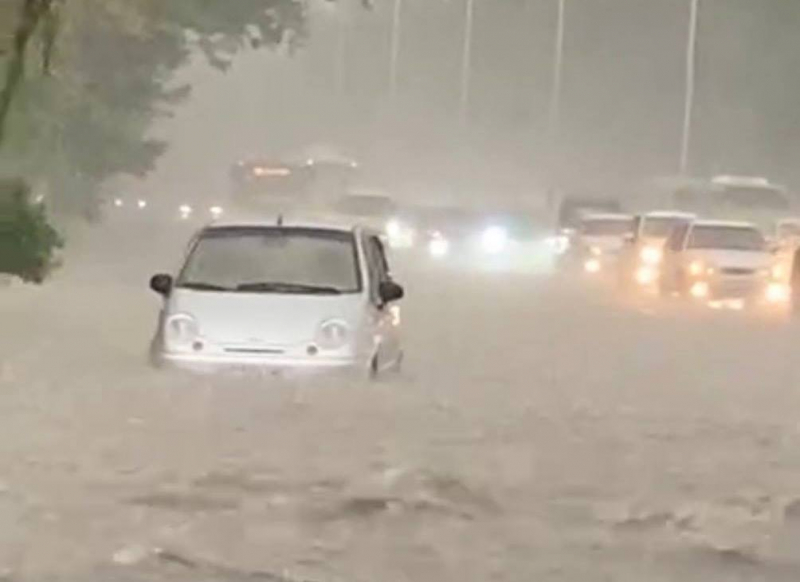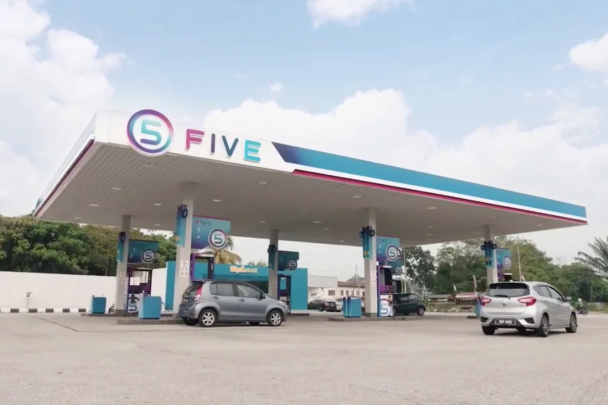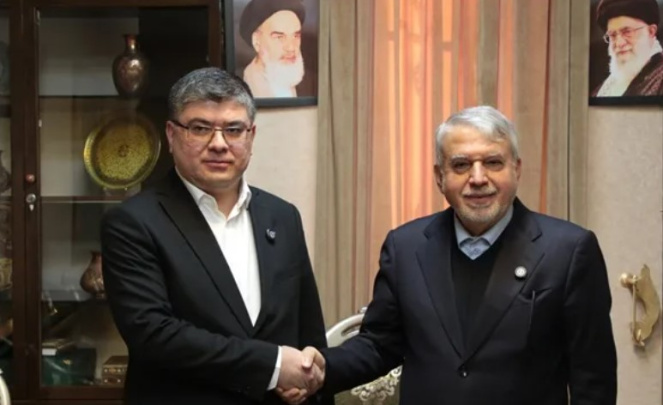According to the decision signed by Shavkat Umrzakov, the acting governor of Tashkent on April 7, funds will be allocated for the improvement of the irrigation system in the capital. According to it, 700 million soums will be spent from the reserve fund of the government budget for the repair of drainage and collectors, laying of concrete pipes.
It is noted that the above measures are being implemented to prevent flooding during rains. Here the question arises, is 700 million soums enough for these measures? How much should actually be spent on improving the drainage system? What is considered in this process? To get answers to these questions, Kun.uz talked to an engineer, urban planner and environmentalist.
We spoke with engineer Askarali Karimov, doctor of technical sciences, who has been living in Texas for 20 years and is currently working as a director of water management design at a large engineering consulting company in Temple. The expert said that before allocating funds, it is necessary to determine who is responsible for the development of the drainage system.
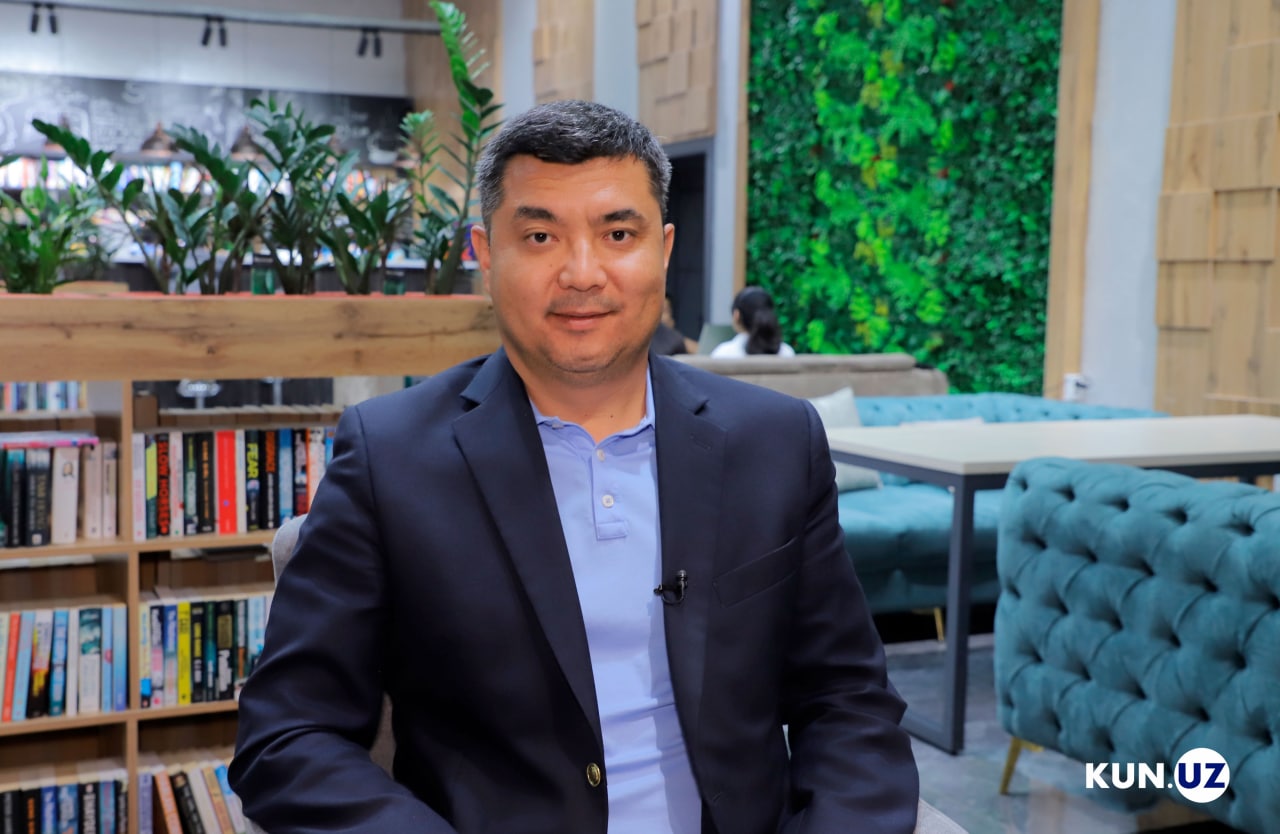
- Last year, Jakhongir Artikhodjayev, the former governor of Tashkent city, called me in connection with drainage problems. I participated in the process as a volunteer. At that time, the digitalization and cartography of the available channels, sewage pipes, and structures started in the digitalization center under the administration. I always ask one question: who owns the Tashkent drainage system? Who is responsible for this, which organization is responsible? Is it in the balance of the city or the republic? As a result of my inquiries, I found out that 3 organizations are responsible for this. Then I proposed to transfer all tasks and responsibilities to one organization, to attract workers and equipment to it, and to transfer this organization to the administrative balance. Together with the governor’s assistants and the staff of the center, we also prepared the president’s decision, and I myself directly participated in this process and saw it. But unfortunately, these things have remained. I repeated many times even then that the future situation of Tashkent and Uzbekistan as a whole will be difficult and not good. Because the system built after the strongest earthquake do not meet the demand. Rain that falls on asphalt and concrete has nowhere to go. That’s why there are so many problems.
As for the money allocation, 700 million soums will be approximately more than $61 thousand. Now I can’t say anything about it. I don’t know why so much money was allocated and what it is for. For example, in Texas, we have each city’s code and ordinance for engineers. If we want to design each structure, we must analyze the drainage. Because when any object is built, water must be removed from the city.
I will tell you this process. First of all we model, there is a fixed map of all America. This map was developed in the late 1980s for the entire United States. In modeling, it will be necessary to create a drainage system that will take away the precipitation that will occur in 100 years. We have done this. For this, of course, a very large amount is needed, because a lot of time of specialists is spent on the process.
Second, during the modeling process, every year for the next 30 years, it is taken into account which pipes should be replaced and which ditches should be expanded. You know, pipes eventually turn into small ditches, and ditches turn into rivers. It is necessary to calculate all this and prepare a plan for the next 20-30 years. Also, it will be possible to calculate and define the next construction works economically.
If we talk about the city of Tashkent, as an engineer, I have to go and see the situation there with my own eyes, measure certain places, and conduct field work. Because it is difficult to calculate without it.
My suggestion would be that long-term and short-term plans should be made. There are no such plans in Tashkent or Uzbekistan as a whole, and there is no specialist in the field of drainage. Because no one has been involved in this for 60 years, especially in Tashkent. When you say drainage, many people do not even understand what it is.
Then a scientifically based model should be developed in the field of drainage as a whole. All over the world, the drainage system is modeled according to certain probability theory. If it rains 20 mm tomorrow, water will accumulate in this area. So, it is necessary to take out such a volume of water in a certain period of time. It will take 1-2 years, but once this model is made, things will be much easier. Also, the most important thing in this process is to include the existing system in the cartography and study it again.
During the time of the former union, public transport was developed, there was a lot of greenery. That’s why trays were made. Now they are pouring concrete and asphalting everywhere. All over the world, drainage is carried out through underground pipes. It will never be out of date. There is no such concept. As a result, the trays fill up during heavy rains. In addition, even if the garbage in the city is jammed in it, the water will not go away. Such solutions do not work for the current conditions.
The most important thing, as I said above, is to start with who owns the drainage problem, determine which organization is responsible, and develop its technical base. It is necessary to develop its model in agreement with scientists and engineers. Of course, this requires a lot of money. Nothing can be done with $61 thousand (700 million soums). Once these things are in place, the drainage system will become a systemically developed area that can be easily used in the next 50-100 years. And personnel is also trained.
All these are technical works that can be studied scientifically. It is necessary to thoroughly study the current drainage system of the entire city, and then draw up its technical-economic basis.
During the interview, Temur Ahmedov, an urban planner with many years of experience, told about when the water system was formed and when it failed.
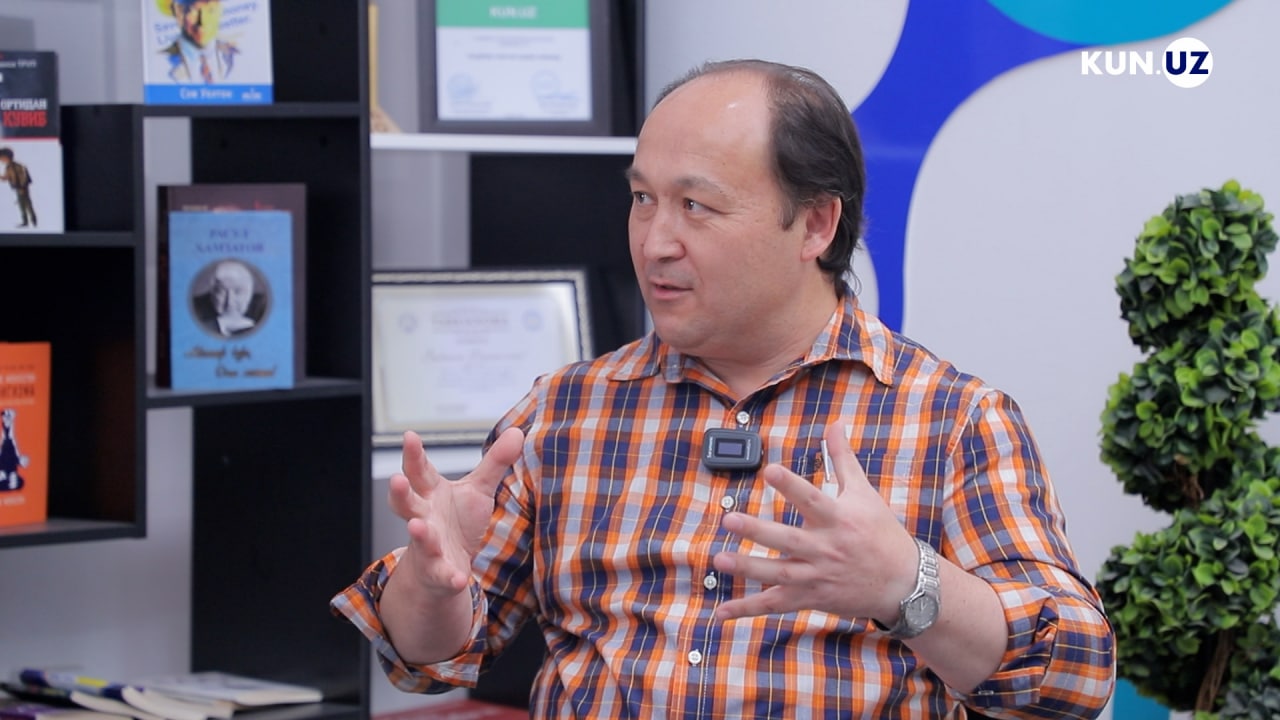
- When talking about the drainage system of Tashkent, we must understand that Tashkent is an OASIS (resort zone in the desert). People have lived here for over 2,000 years due to its location at the crossroads of the Silk Road trade routes. In those days, the land was more fertile than it is now, and water would have been available if the field had been properly managed.
Over the course of 2,000 years, humans have gradually developed a system for working with the most precious resource they know – water. People have created a network of ditches, canals, green zones and lakes to manage rain and local river water. That is, only the population was involved in this process. By the Soviet era, this tradition was continued by the city administration. Since then, the drainage system has stopped working every time it rains, and the rainwater has stopped reaching some trees, and the problems in the area in general have become serious.
700 million soums can be enough to install water pumps in only 2-3 areas to reduce the negative impact of floods. But it is insufficient to solve the problem.
First of all, as an expert, I can say that it is wrong to focus our attention on the drainage system at the same time. Tashkent has a problem not with drainage, but with the water management system. The city should have a hydrological balance of underground and aboveground waters. Since ancient times, people have carefully managed water using a network of ditches, canals, ponds, and lakes. So, if we say that we want to fix the drainage system, we will definitely fail.
We should think about repairing the water management system. Our water management system should be a part of the long-term development master plan of the Tashkent city. A presidential decision was made on the master plan development. However, the city leadership has not yet drawn up a master plan for the development of Tashkent.
We must begin by assessing the issues left over from the old water management system. Local and foreign experts need to determine where the weakest points of this system are. We must work systematically, starting from the weakest points, focusing the limited public funds on the project with the best and most immediate impact. Now the costs will be very high, maybe $10 million. We will have to work for several years to solve the problems. This is a consequence of the decisions made during the last 5-6 years during the irregular construction, cutting of tens of thousands of trees and destruction of many green areas.
I believe we can resolve the problem. We have local experts, we can also invite foreign experts. We need to allocate the necessary resources and start working very hard. The next generation will judge us by how we solve the current problems.
Another city planner, Iskandar Soliev, says that 700 million soums are not enough.
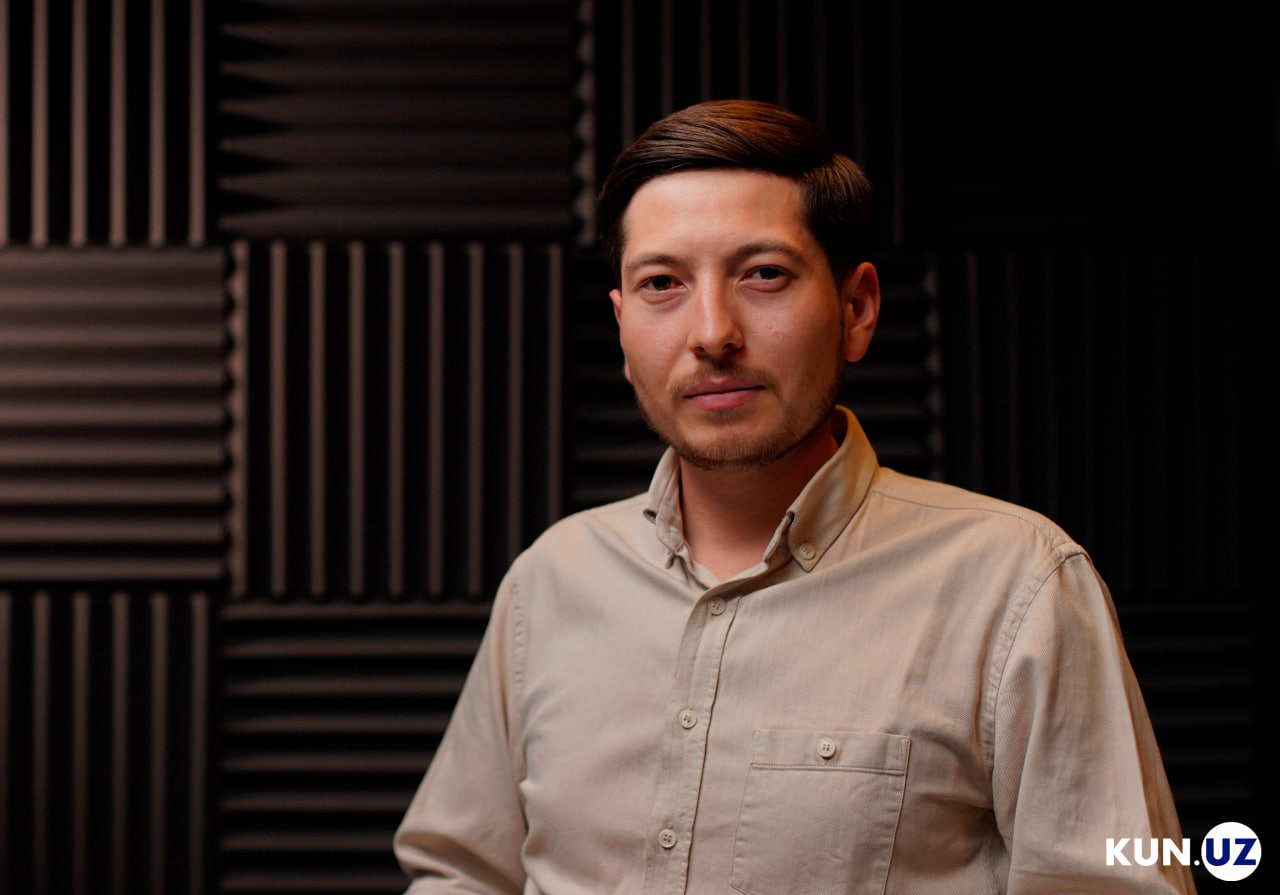
- If we look at the data, in 2019, after the rain flood, which has become typical for Tashkent, the authorities stated that $60 million is needed for capital repair of drainage systems. I don’t know if it was a major overhaul, but it was reported that 700 million soums were allocated for the improvement of the system in the recent news. I don’t believe this will solve the problem. It is also unclear whether this amount will be enough to collect waste with the landscaping department staff.
For example, 5 thousand workers in the system would receive 7 billion soums per month even if they received 1,400,000 soums per month. Of course, I’m exaggerating, this money may not even be enough for landscaping.
Considering the seriousness of the problems and the need to make big changes here, the construction sector, the road, everything should be traced within the law and then reconstructed taking into account the maximum daily rainfall rates, I understand that it will cost a lot of money, even though I am not an economist.
Anyway, it’s easy to tell if this system is working, we can’t stop the rain, we’ll have another test next time it rains...
Climatologist Erkin Abdulahatov spoke about what is mainly taken into account to protect the drainage system from floods.
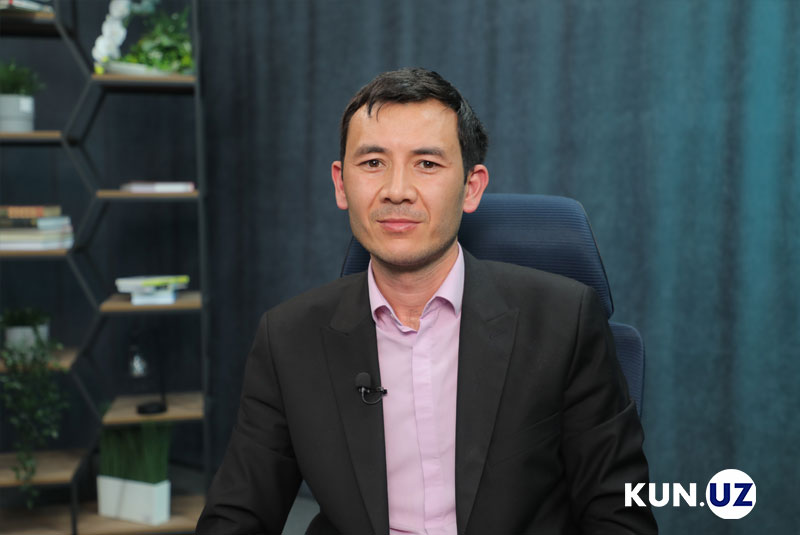
- In large cities, the concept of rainfall intensity is the main factor in the creation of drainage systems to safely pass the mass of water that occurs after heavy rainfall without loss.
In meteorology, the observation of more than 30 mm of rain in 12 hours is considered a very dangerous hydrometeorological event, and heavy rains are followed by flooding in plain areas and dangerous floods in mountainous areas.
Precipitation intensity is the average value of precipitation that fell in the area within 1 minute, and the water flow caused by it in the area can be calculated. This value was 0.25 mm/minute when the most rainfall was observed in the history of Tashkent. On August 9, 1966, its value was 0.16 mm/minute, and on April 2, 2023, it was equal to 0.22 mm/minute.
Therefore, based on the value of precipitation of more than 0.25 mm per minute in the city of Tashkent, it is necessary to build drainage systems (trays, pipes, aqueduct) that will pass the water flows formed after those rains without damage.

